Contents
What are the Basics of Replace Transistor Substitution?
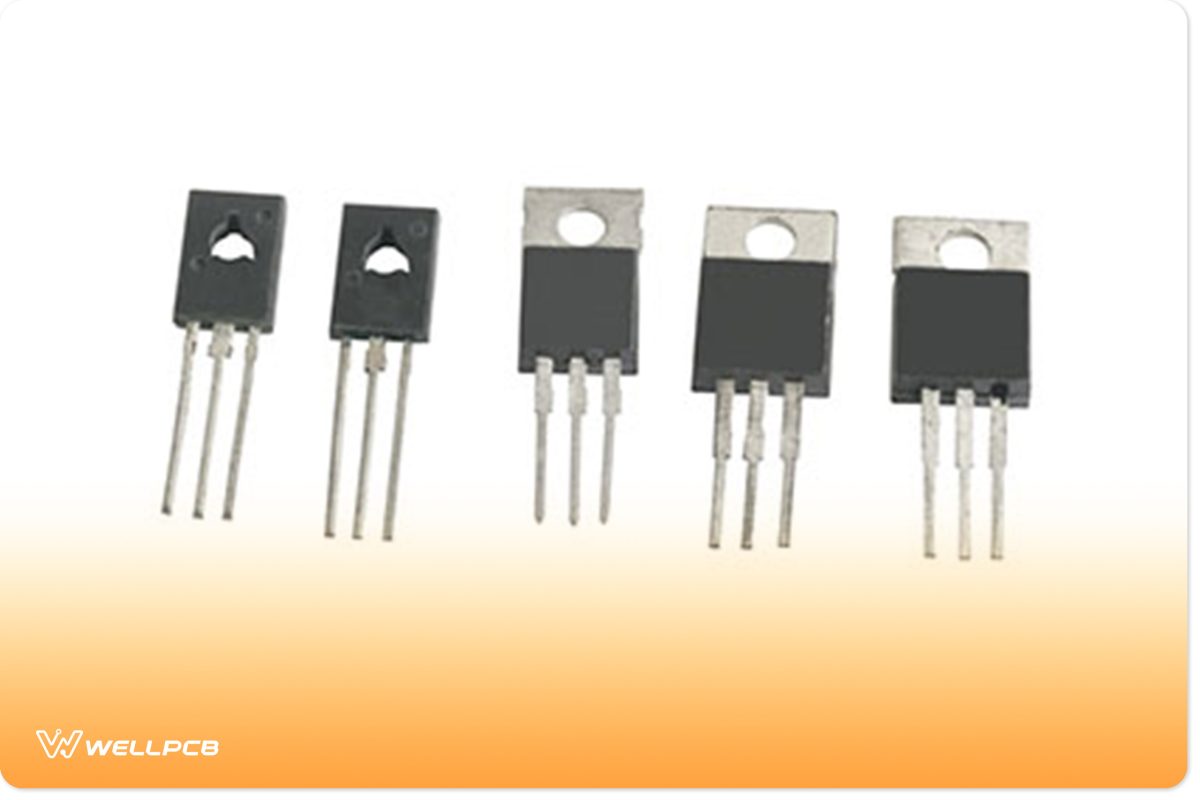
Figure 1: Several Transistors
The Joint Electron Device Engineering Council (JEDEC) assigns unique Transistor Outline (TO) numbers to different transistors. They are vital in identifying the type of transistor you’re dealing with.
However, during replacement, they are not too important. Usually, many of the general-purpose transistors will function effectively as replacements. Hence, you can use any transistor during replacement as long as it meets the key specifications.
But you must ensure that the substitute transistor matches the specifications of the former. Thus, the essential thing is getting the specifications right. In the next section, we’ll look at these parameters in depth.
Basic Transistor Parameters to Consider
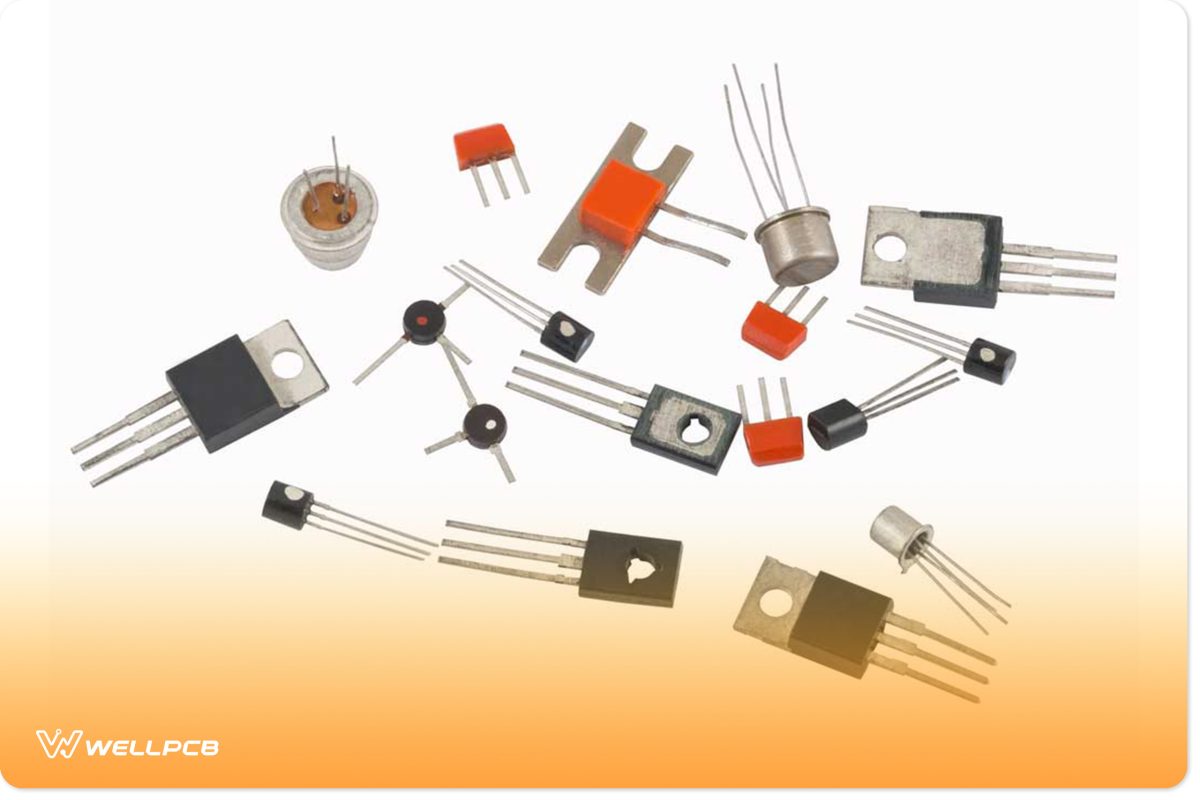
Figure 2: An Assortment of Transistors
Semiconductor Material used
The common types of transistors that you will come across are either made of silicon or germanium. You may also often find other types, but they are only common in specialist applications.
Whether you are using bipolar transistors or a field-effect transistor, you must identify the semiconductor. The purpose is to ensure that the base-emitter forward bias voltage drop you are using.
If you are using silicon transistors, the voltage drop will be approximately 0.6 volts. On the other hand, the collector voltage for a germanium transistor is between 0.2 to 0.3. Most of the time, the circuit stability will depend on the voltage drop. Therefore, you cannot afford to get the semiconductor material wrong.
Polarity
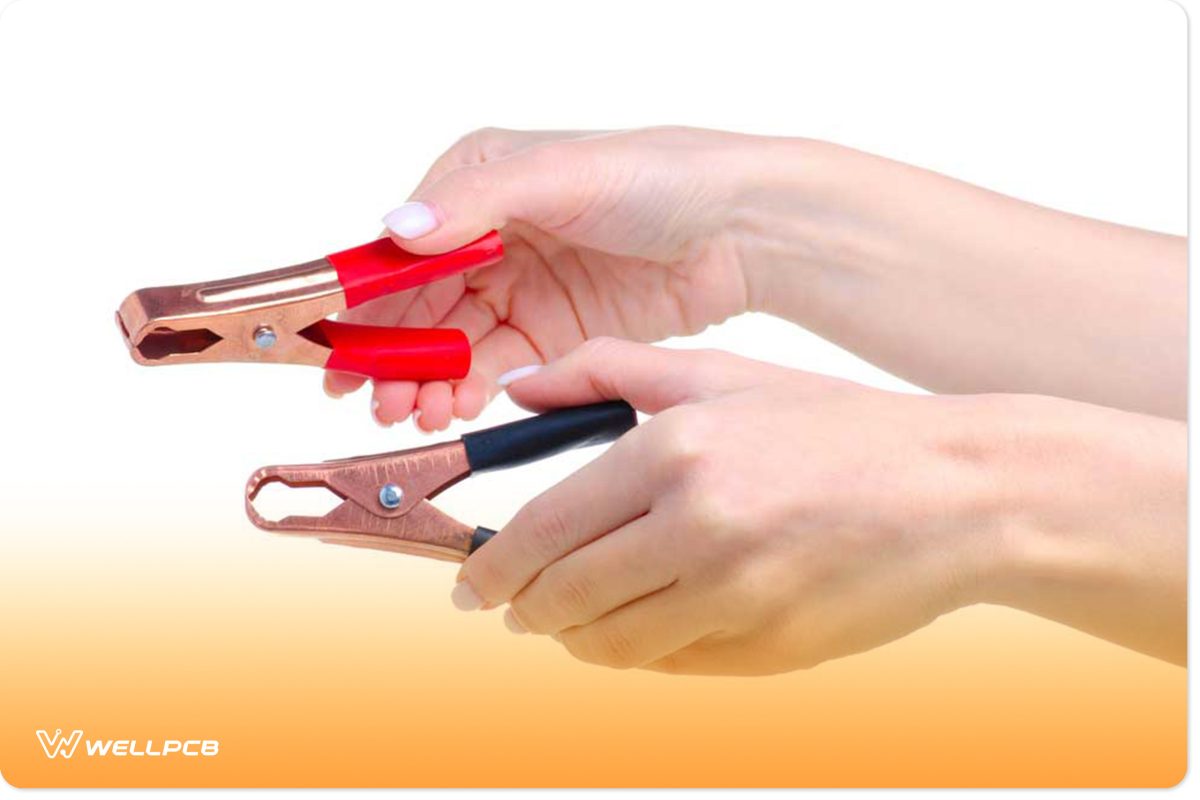
Figure 3: A Technician Holding Battery Terminals
You must also get the polarity right, especially when you are using junction transistors. They exploit the different functionalities of the junctions. For the N-type junctions, you will find an excess of electrons, while for the P-type, you will find an excess of holes.
We have NPN and PNP transistors. The first has a P area sandwiched between two N zones. Conversely, the other had an N area transfixed between two P zones.
Also noteworthy is that in either of the transistors, the central part is the base (B). The other crucial parts are the emitter (E) and the Collector (C). Applying a small current between the collector and the base will affect the output current at the emitter.
Hence, for the right collector current, you must get the polarity correct. Polarity, in this case, is whether the transistor is NPN or PNP. As you can see from the circuit diagram below, current moves in a particular order on each type. Therefore, when you attach the wrong transistor, you will invert the polarity. Resultantly, the transistor will not work.
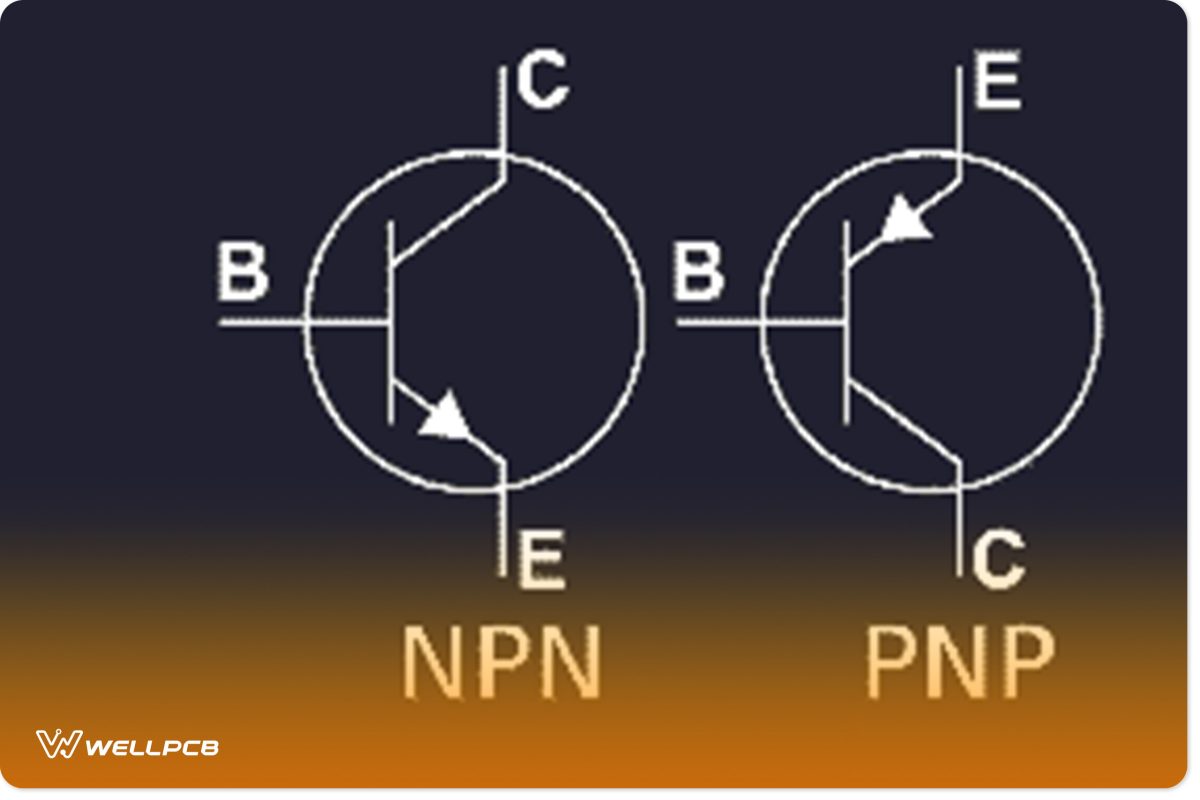
Figure 4: An NPN and PNP illustration.
General Application

Figure 5: A Circuit Board
An ideal replacement transistor should be suitable for general application. It should be applicable for low noise, RF amplification, and switching, among other general applications. Hence, choose one that is designed for use in general applications for compatibility.
Package and pinout

Figure 6: A Technician Fixing a Circuit
All transistors have specific packages. It is imperative to find a package that matches the former as closely as possible. Matching the appropriate package is also imperative in meeting the other important parameters.
Voltage breakdown

Figure 7: An Electricity Power Line
A transistor has a maximum voltage limit or breakdown voltage (BV). Exceeding the limit will destroy the device. Hence, When choosing a transistor, you can choose higher than the original.
Current Gain
Typically, you’ll encounter a wide array of a transistor’s current gain. When choosing a transistor, let its current gain be similar to the model you’re replacing. If the gain is higher, there is no problem, and the transistor will work effectively. A lower gain may be okay, but the transistor is likely to break down.
Frequency Limit
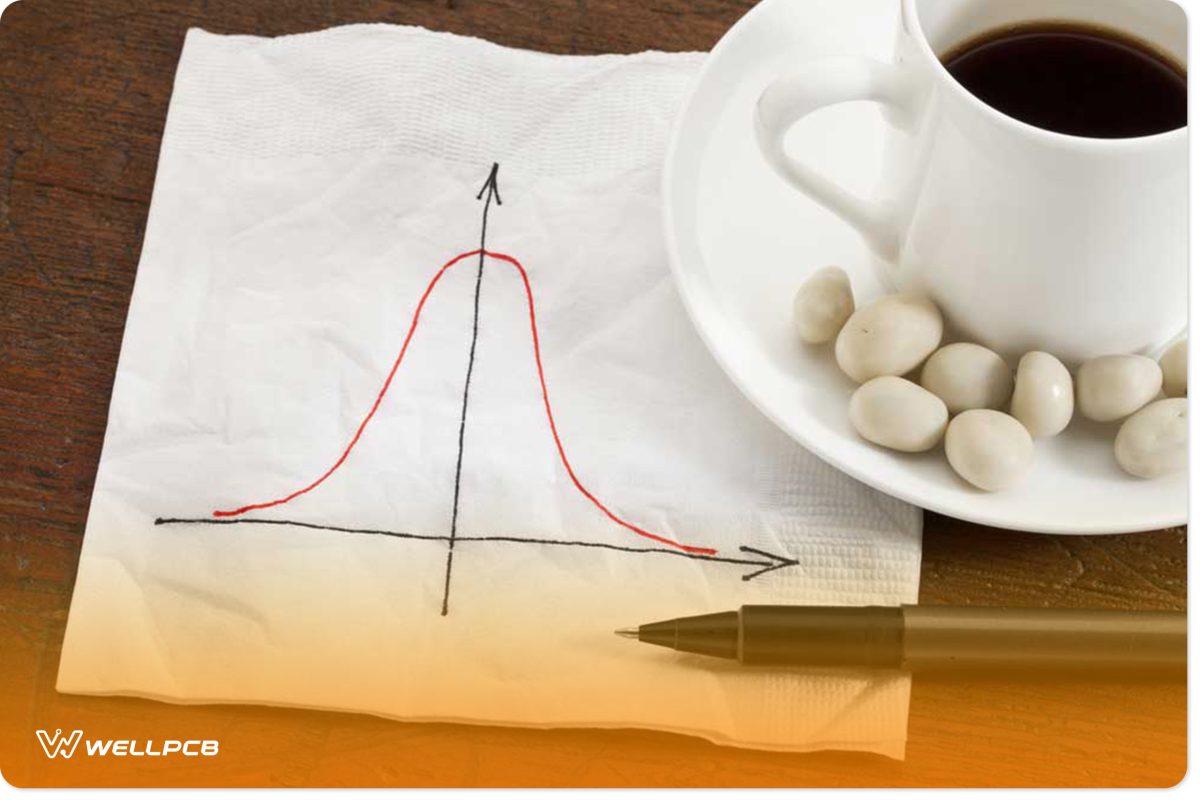
Figure 8: A Waveform Representation
Meeting the frequency limit of a transistor is imperative in facilitating its functionality. With the right frequency limit, the circuit in question will function effectively.
Power dissipation
When a transistor is operating, it will dissipate some heat. The maximum power is the highest amount of heat that the device will emit without burning. You can install heat sinks and fans in your circuit to improve the transistor’s heat dissipation.
However, select a class of transistors with a maximum power rating similar to the original for optimal functionality.
What’s the best solution for Replace
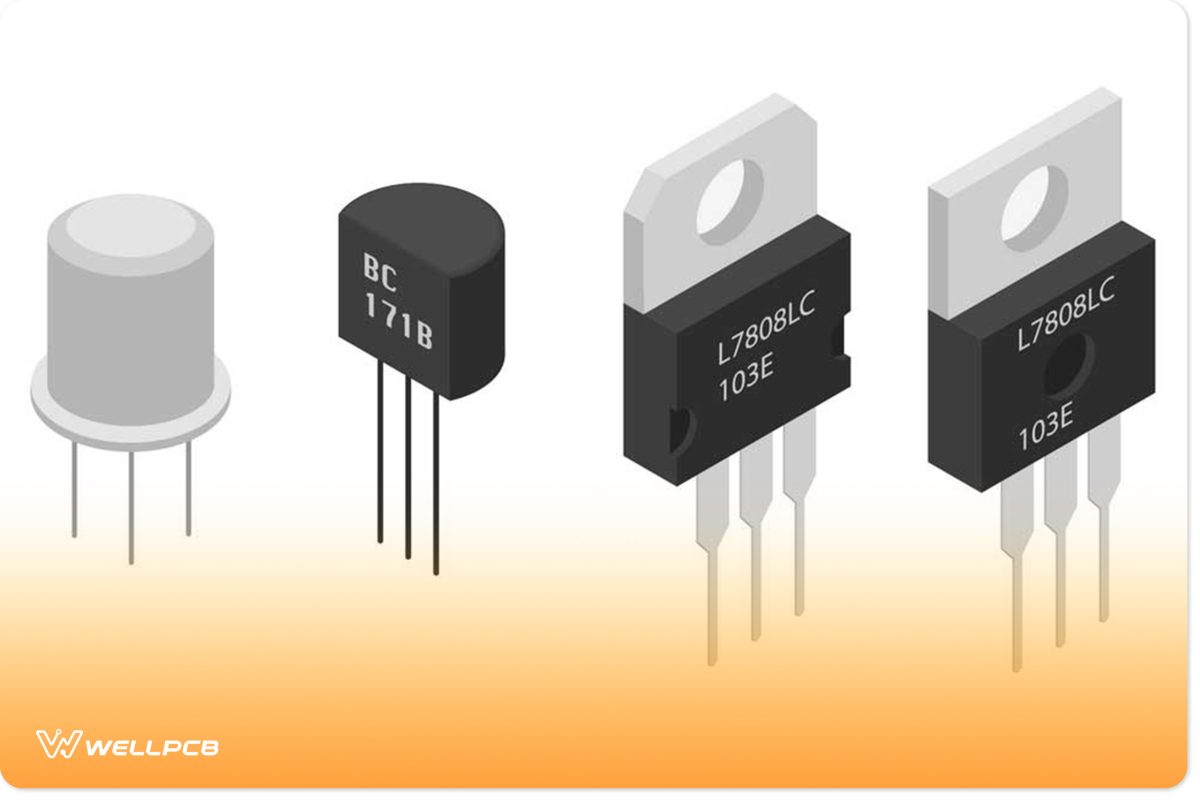
Figure 9: Isometric Electronic Components Transistors
Steps to follow:
- Choose a transistor of the same polarity.
- Select a replacement transistor of the same material
- Select the same functional type of transistor
- Choose a replacement with the same package.
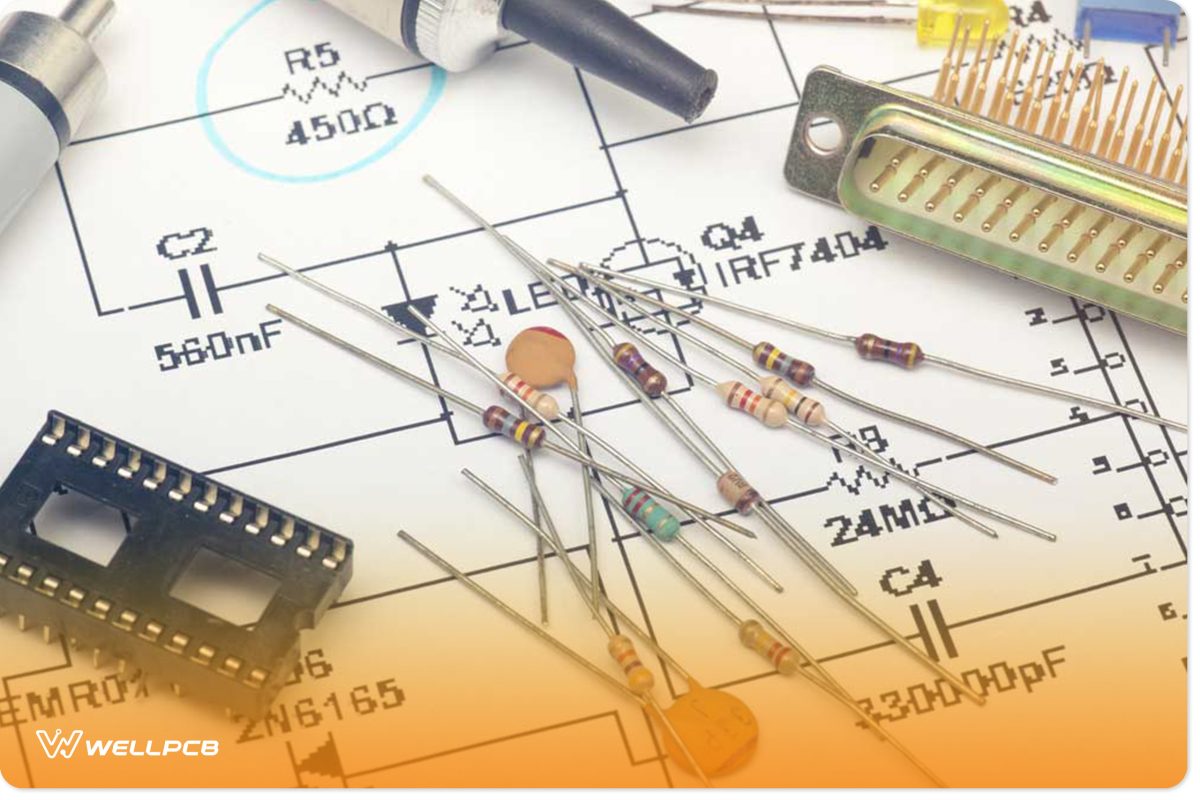
Figure 10: Several Electronic Components
Getting a replacement with a similar pinout and package to the original could be hard. But try to get one that is as similar as possible.
For large transistors, you’ll have other components, such as heat sinks. Consequently, they will impact the functionality of the circuit. Hence, choosing the most similar package is imperative.
- Select a replacement transistor with the same breakdown voltage
- Check if it can take the current.
- Select a transistor with a similar Hfe.
Hfe represents the current gain of a transistor. When choosing a replacement, select one with the same Hfe. Often, for most transistors, current gains are variable. It will happen even for transistors of the same kind. Therefore, you do not necessarily have to choose one with a definite value. But you must ensure that it is within the range.
Select a transistor with a similar Hfe
Hfe represents the current gain of a transistor. When choosing a replacement, select one with the same Hfe. For most transistors, recent increases are variable, and it will happen even for transistors of the same kind. Therefore, you do not necessarily have to choose one with a definite value. But you must ensure that it is within the range.
- Select a replacement transistor with an equivalent Ft

Figure 11: A Complex Electronic Circuit
Getting the frequencies right is also an imperative step in selecting to replace transistors. The new one should be either close or of a higher frequency limit than the original. However, avoid one with a very high frequency to avoid the possible risk of oscillation.
- Choose a transistor with a similar power dissipation
A transistor will dissipate heat during operation. Hence, you must ensure that it does not burn out by choosing a replacement transistor with the proper power dissipation. It can be similar to the original or even slightly higher.
- Check for any special features.
If you intend to use the transistor for some particular purpose, you need to check for special features. Otherwise, a simple transistor will not replace a select-function transistor.
Conclusion
Replacing a transistor is straightforward, but you need to get some specifics right. We have laid down all the critical imperatives of this process. Follow each one of them, and you will restore your circuit to its original functionality.
If you have other queries, feel free to contact us. We will get back to you as soon as possible.





